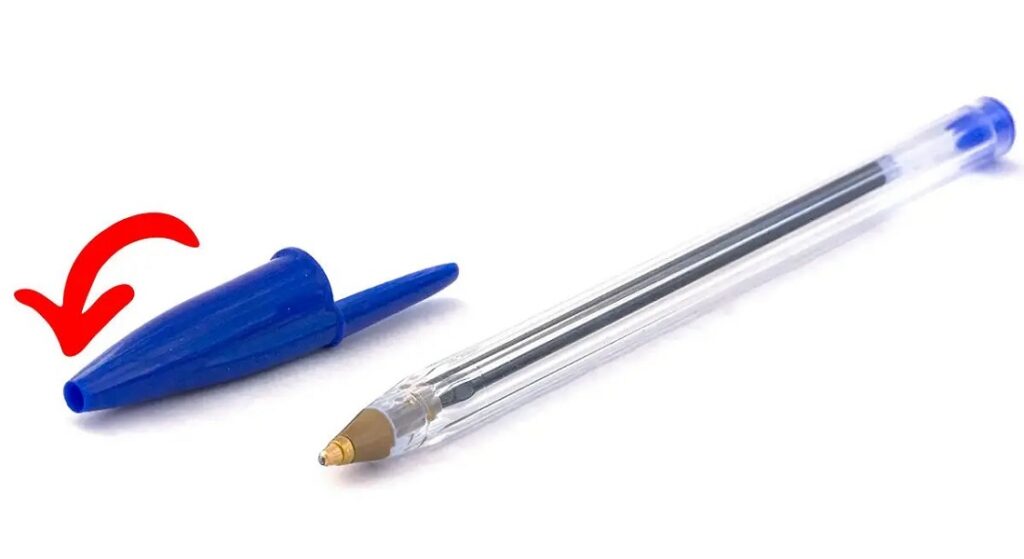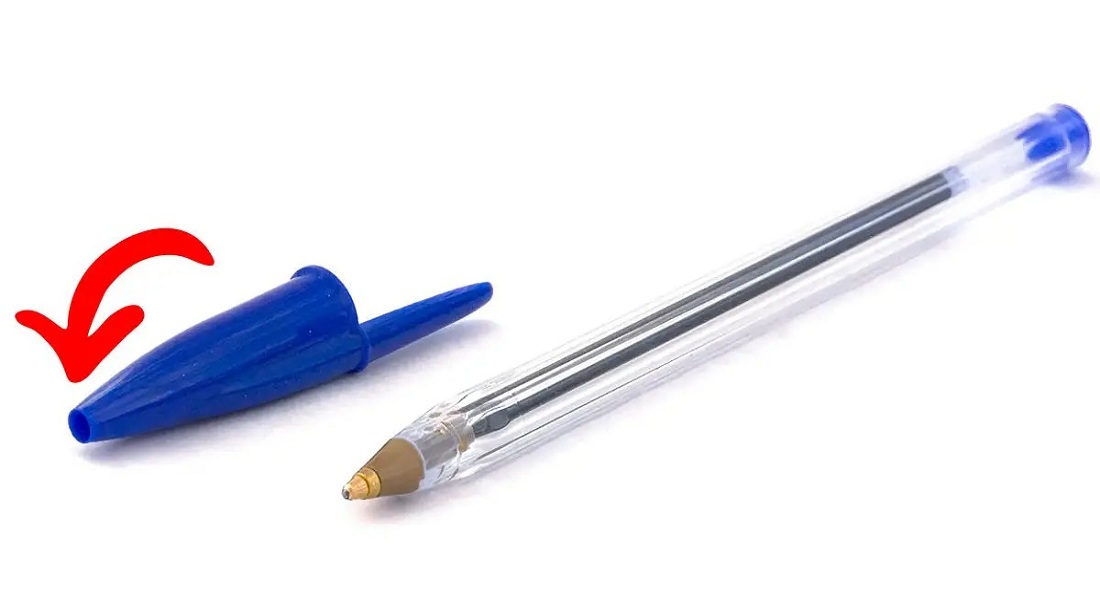The holes at the end of ballpoint pens are one of the most noticeable objects we see every day but rarely give much thought to. Most, if not all, pen caps have a hole at the end of the cap, whether it be the BIC pen that you may have seen your father use or the Reynolds ballpoint pen that we have grown up with.
Why is it there in the first place? Is it a mistake?
It’s no mistake. In 1991, manufacturers like BIC started making ballpoint pen caps with a little hole at the top, prompting people to ponder the hole’s meaning and potential utility.
Here’s the deal: the hole in the cap not only protects the ink in the pen, but it also protects the user from any safety threats.

Business Tactic
It was theorized that this would speed up the drying time of the ink.
Caps with holes at the end do contribute to drying the ink on the pen nib, making it slightly harder to use each time you start writing with it, thus this does seem like a conspiracy theory at work. Some extremely paranoid pen users claimed manufacturers cut the ink supply intentionally to increase the frequency of pen purchases. But in reality, it’s not like that at all.
Air Pressure
According to a different explanation, the cap’s hole served to maintain a constant internal pressure when the lid was opened and closed.
A number of the pens had holes in the sides of the caps, so the pressure problem was redundant even though the hole did serve the objective of equalizing the pressure to make opening and shutting the cap easier. Despite this, many varieties of pens have caps that can be screwed on, thus air pressure is never an issue.
So, what’s the real reason?

The pen caps have holes in them so that a person won’t suffocate if they swallow one
The Bic Cristal, one of the earliest and most ubiquitous ballpoints, was the first to feature a tiny hole in the cap. Taking into account the fact that pen caps were one of the most frequently reported things swallowed by children that caused them to choke and eventually die. Given how much we enjoy popping them in our mouths, the hole was added so that air might escape in the event of the worst possible scenario.


